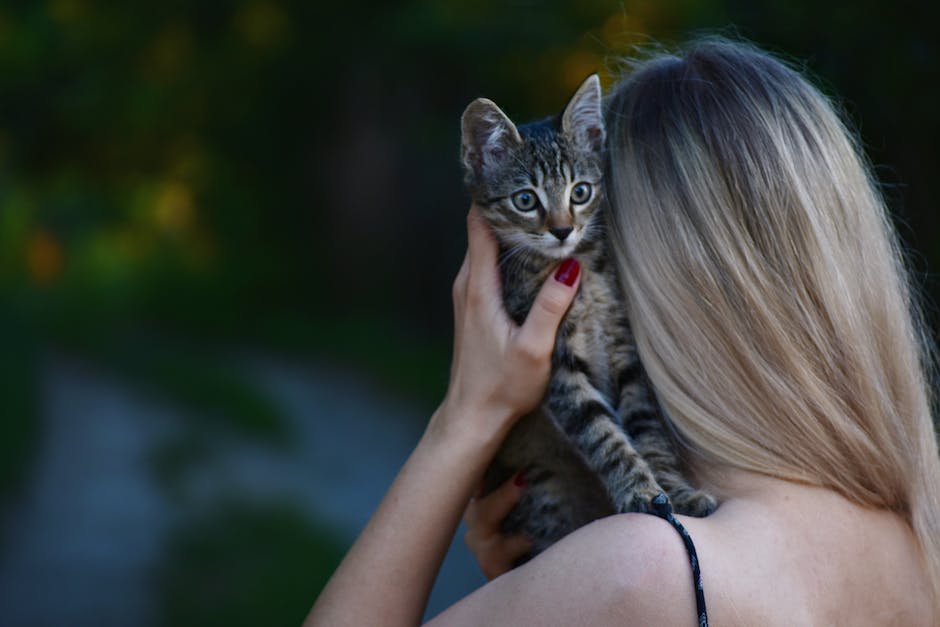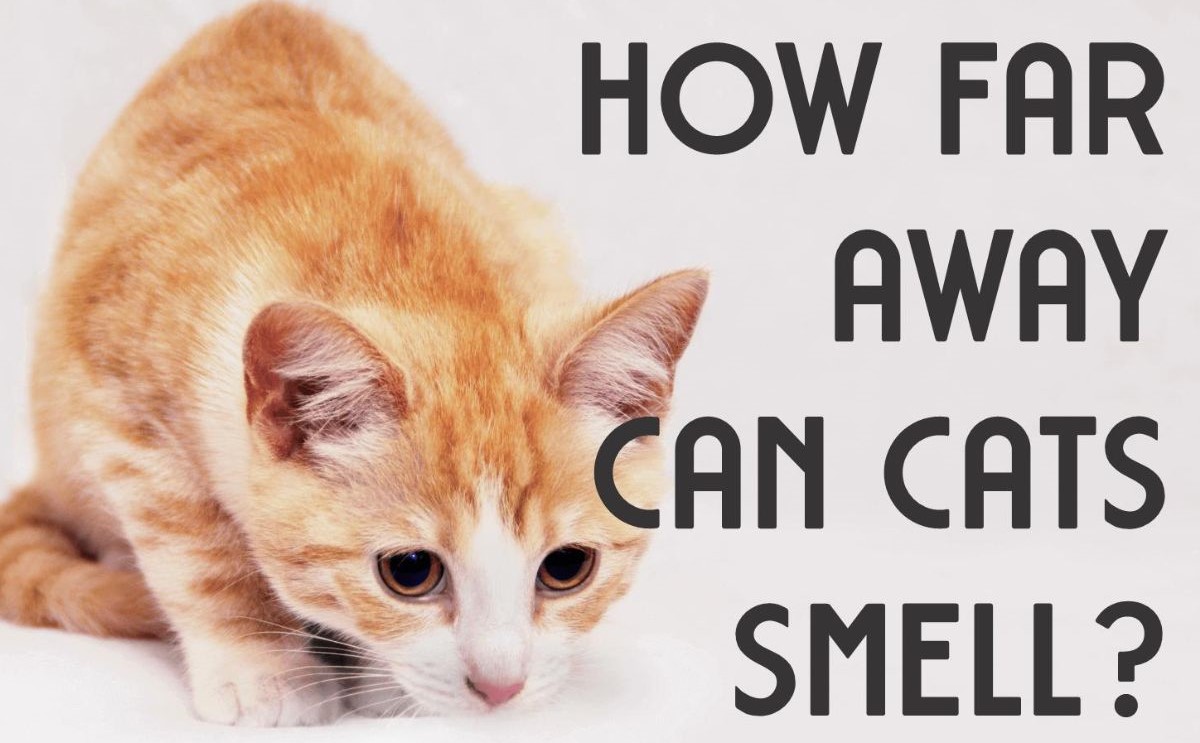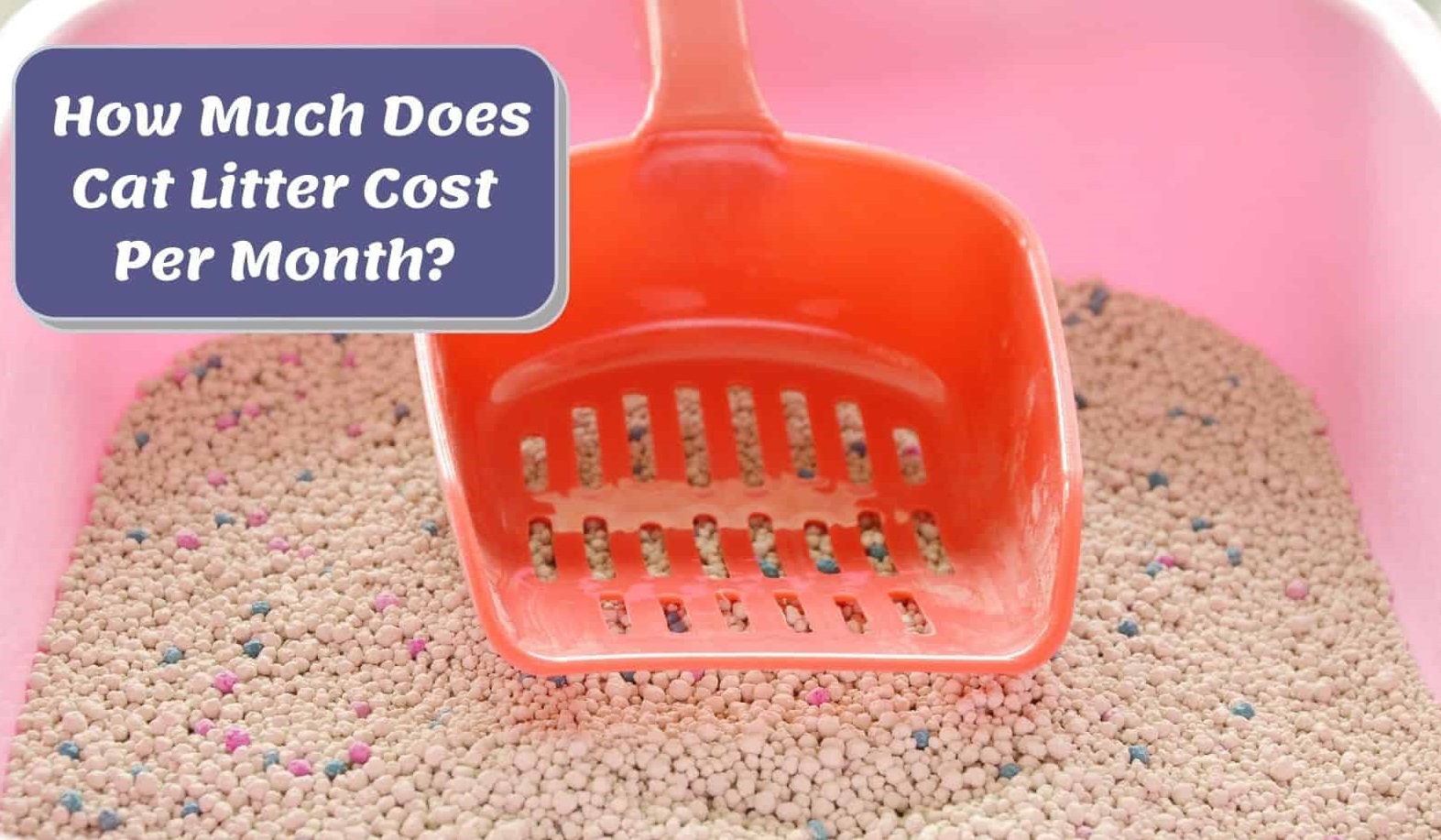A cat year is between seven and eight years for an average-size housecat. It means that if you celebrate your pet’s birthday every February 14th, then you are celebrating their anniversary twice per year.
If you want to make sure your feline friend knows they are loved beyond measure, set up some special occasions during these months!
For example, next May we will publish a guide about how to recognize your dog’s birthdays. So why not do the same thing for cats?
That way they know it’s a celebration like theirs, and even get a little extra love under the bridge or whatever else they enjoy doing.
Comparing cat years to human years
The number of kitty years that have passed for your furry friend is hard to calculate, as there are different ways to define what a year is for each species.
For humans, we use the average length of an annual cycle as our definition for a year. This means we count up from the winter season (when plants grow foliage) and tally how many months it took for the next growth spurt to occur.
When this occurs, we add these numbers together. Divide them by two to get an approximate number of human years gone by!
This isn’t true for cats, yet.
Cats spend most of their time sleeping, so they don’t enjoy the same level of activity that dogs do. Thus, when determining how many feline years have passed for your pet, you can’t add up all the times that he or she slept during the year and then subtract how many days were spent awake.
Instead, you need to come up with another way to measure kitty time. And since kitties love to eat, let’s focus on eating for a moment!
When kittens are very young, parents worry whether their offspring are getting enough nutrition. Before long though, they usually figure out that little pounce needs some meat to thrive.
Tips for comparing cat years to human years
The number of cat years in a human year varies depending on when you start counting. Most people begin their calculations at age 65. It is how most veterinary clinics calculate kitty ages. But that’s not the best way to do it!
Using our numbers from before, let’s look at what those ages mean to us, humans. A one-year-old kitten is equal to a newborn baby, while a three-year-old is like an average adult. An eight-year-old is close in stature to someone who is ten years older than him or her!
This can be tricky to remember as we grow older. Because there are no hard and fast rules about how many cats equal one person. It depends on when you were born and when they started living with you!
If your parents gave up their dog when they moved away or lost them, then including the life span of that animal in your total pet years adds to yours.
Examples of cat years and human years
A human year is defined as exactly one decade or ten years. Because cats are not directly proportional to humans when it comes to counting time, they have their own set of numbers we can use to compare them.
A kitty year is equal to just under two human years. That means that if you were born in 2001, then you will be coming up on your birthday in 2032! Or, your feline friend was born in 2011, so he/she will turn three next spring.
Cat years tend to go faster than normal human ones, which makes sense since they do not contain an extended amount of time between births.
Most kittens only spend around six months with their momma before moving on to the next phase of life, making them feel like they’re rushing ahead!
This article will help you calculate how many kitty years there are in a human year.
Cat years and human years mean the same thing
There are an average of 12 cat years to every human year. This means that it takes about 2 1/2 years for your cats to get older than what we feel their age is!
This isn’t necessarily bad, but it can be if you want them to remain young like us! Luckily, there are ways to help prevent this by having healthy kittens and dogs.
Not only do these breeds grow at a slower rate, but they also live much longer than most other species.
So, how old is your dog or kitten? You could try using the chart below to find out!
Cat Age Chart
Generalizations About Aging
As with any rule, there are exceptions. Dogs and cats who live beyond their breed averages are very rare.
But, just because someone has lived past their “cat year” or “dog year” doesn’t mean they experienced aging well.
Dogs and cats who suffer from health issues early may experience more stress due to their poor physical state. This can make them more likely to have medical problems later.
Also, as mentioned before, some animals (especially puppies) need extra time to develop socialization and housetraining skills. If these things aren’t mastered when they’re still young, then it can pose a problem later on.
Cat years and human years aren’t the same things
Almost every year has an average of 360 days. But that doesn’t mean that each day feels like an even amount of time to someone else. For example, some months feel longer than others because they have more days!
A month with 30 days has the same number of hours as a month with 31, but it takes longer for it to reach those 31.
The reason why this is important is that people perceive things such as cat years and dog years to be equal. When you compare two different lengths of time, the one that seems shorter gets weighted down by the other one.
For instance, if there are three times as many dogs living ten years as cats living eight years, then most people would agree that dogs live longer.
Even though all animals die at a certain age, not everyone lives the same length of time due to differences in body maintenance and health practices.
Cat years and human years differ based on the length of a person’s life
There are very different numbers quoted for how many cat years there are in a human year, with some experts saying that it is even more than twice as much! This doesn’t make a lot of sense because while cats may seem like they quickly grow old, we don’t.
When it comes to aging, people tend to refer to the “average lifespan”. It is usually defined as someone’s age at death plus their average lifetime. But when you think about it, this means just adding up all the lifespans together! (This isn’t quite true though, see our article: Why being ‘lucky’ can mean having a longer life.)
Using our friend Bobcat as an example, he lived to be 13 human years and 5.5 feline years making his total lifespan 8.8 human years or roughly eight times the size of a normal human year!
This might sound crazy but it makes sense when you consider what happens to most animals after they reach maturity.
Cat years and human years differ based on the length of a person’s life
There are an average of 8-9 cat years to every 1 human year. It means that it can take 2–3 times as many cats as people have lived through important events in their lives.
This doesn’t make much sense when you think about it. Why would someone spend more time with a creature that only cares for itself? If we look at our lifetimes though, we often don’t wait until the end of each year to recognize what was special about it.
We may celebrate Mother’s Day or Valentine’s Day. But why not acknowledge your parents all month long? Or how about Father’s Day, when they get honored just once a year?
Cat years are like this; there is no reason to reward them even one time during their years. They live only focused on self-care. So why should they be rewarded with attention and appreciation after living such a solitary existence?
If we valued dogs, we wouldn’t leave them alone for hours while we go out. Because they need us then, we’d keep them close by our sides 24/7.
Cat years and human years differ based on the length of a person’s life
We use cat years to compare the ages of cats to those of humans. Because people live longer than most animals, we convert animal years into an equal number of human years.
A cat year is equal to seven human years so one cat year is one-seventh or five percent more than a human year.
A lot depends on how you define “year” in this calculation. If you include only months that have thirty days, then your yearly tally is shorter for older individuals. Because there are fewer months in each year.
If you count weeks instead, then your annual total increases as time pass. For example, someone who lives until age ninety will have nine times as many weeks as someone who dies at fifty.





